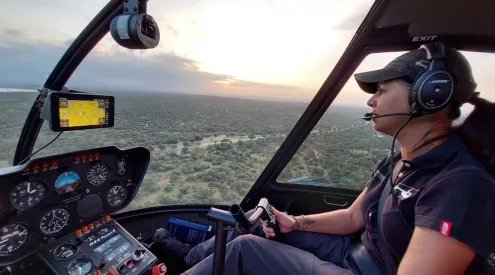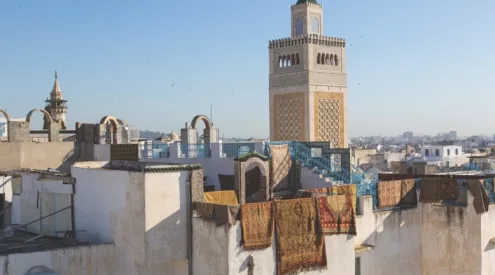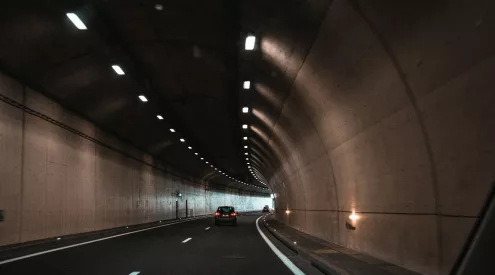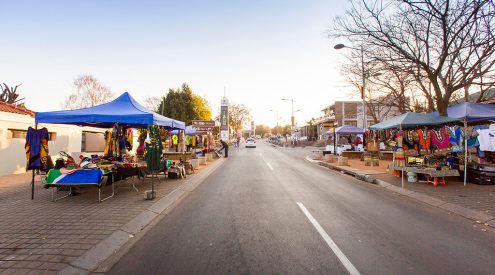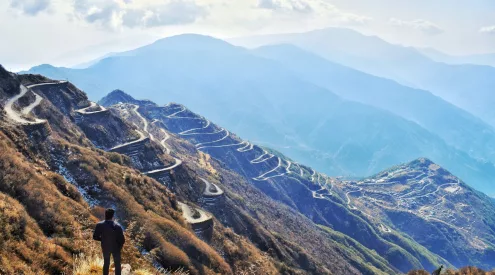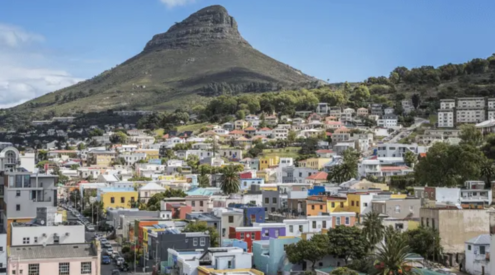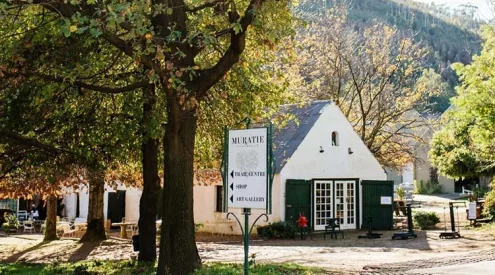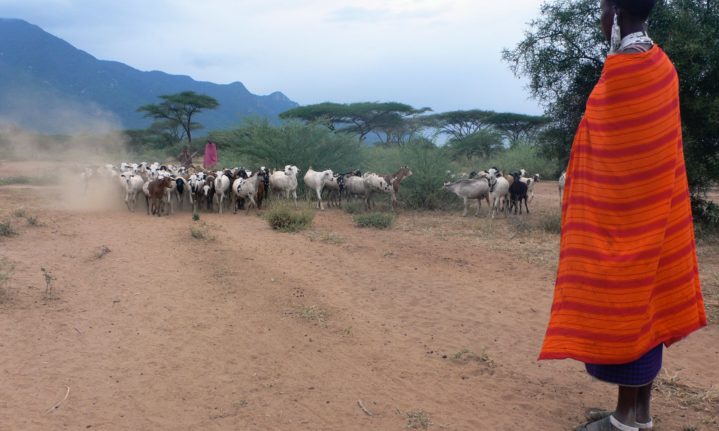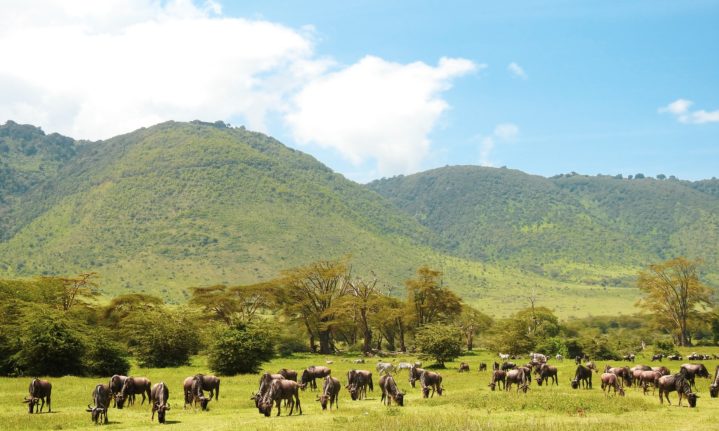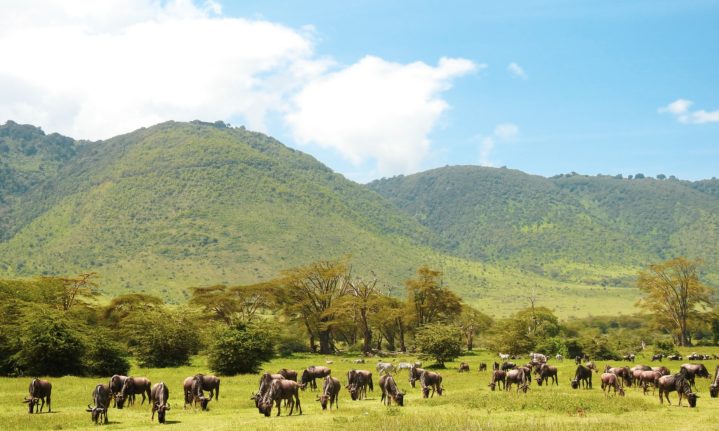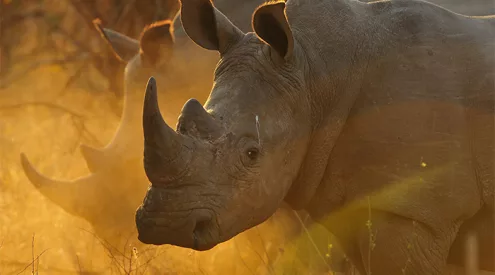Tanzania has one of the highest proportions of land under a protected area, and the Ngorongoro Conservation Area (NCA) is a notable exception where the local community have been allowed to remain in a protected area.
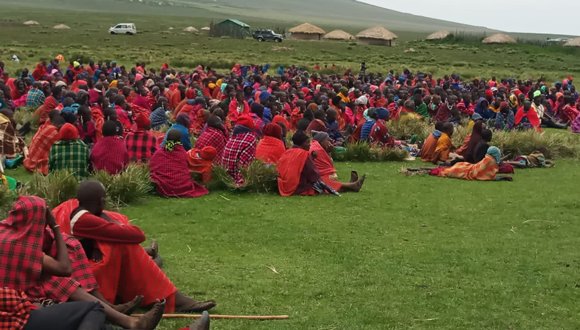
Over 700 Maasai gathered in Oloirobi village on February 13 2022 to pray against an impending eviction. Picture: Oakland Institute.
The NCA’s Multiple Land-Use Model where the Maasai are allowed to reside within the NCA, it is often referred to as ‘one of Africa’s longest experiments’. But Tanzania is now claiming that the experiment has failed as it looks to relocate 70,000 Maasai people.
The Ngorongoro Conservation Area
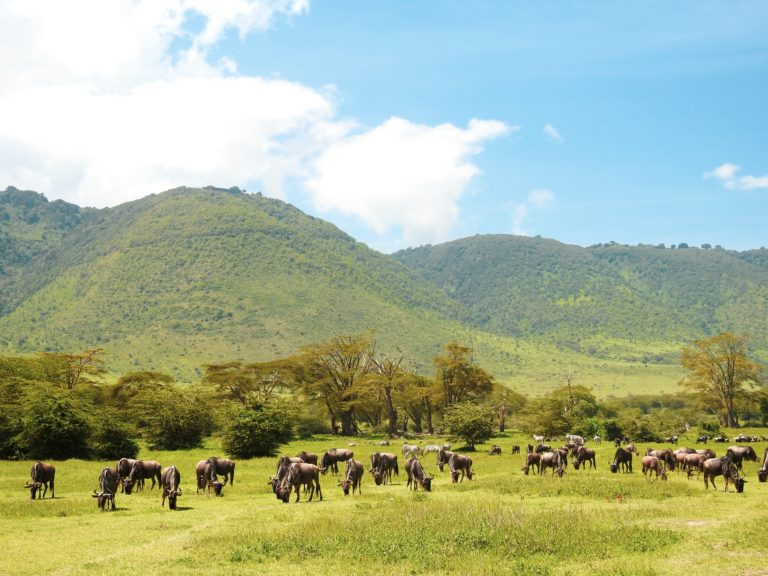
The NCA became a UNESCO World Heritage Site in 1979 for its unique combination of landscape, wildlife and cultural heritage.
Today, UNESCO and conservation authorities in Tanzania claim that this ‘experiment’ has failed and that there is a need to relocate people. UNESCO published assessment reports in 2012 and 2019, requesting that the Tanzanian authorities ‘voluntarily’ relocate residents by ‘increasing incentives for relocation’.
Their 2019 report argued that the NCA is under threat from increasing human population and ‘lack of enforcement of protection arrangement related regimes’.
According to a 2017 census, the human population in the area has grown to 98,183, up from 9,292 when the NCA was established in 1959. The number of livestock has also reportedly increased from 161,000 to 805,556.
Tanzanian authorities agree with the UNESCO report, where the majority of the people need to be ‘voluntarily’ relocated to address conservation problems of the World Heritage Site and plans are underway to relocate up to 70,000 people.
This discussion has divided the nation, where the Maasai are an emblematic and an iconic figure of Tanzanian culture, culminating with a heated discussion in Tanzania’s parliament, with an MP vehemently exclaiming that relocation is in the nation’s best interest, but many would like to have a roundtable dialogue, believing that removing the Maasai will erode the status of NCA.
The Maasai deal
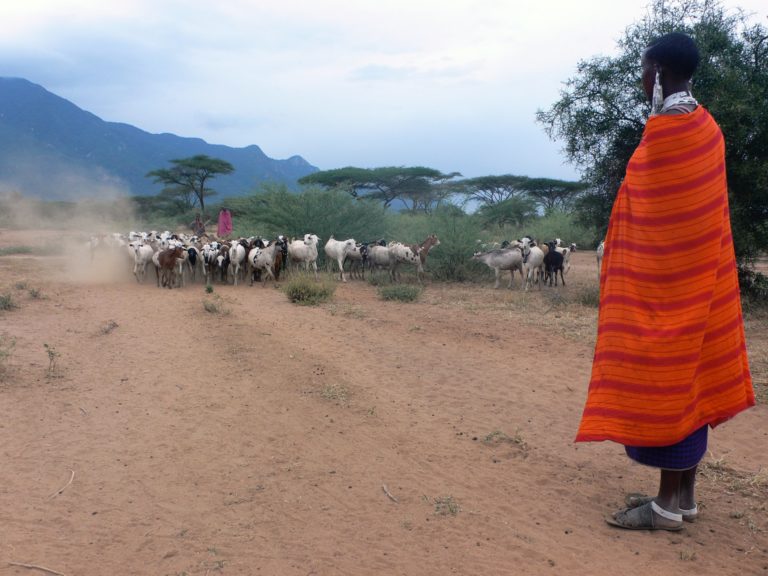
The Maasai have been relying on pastoral livestock as their only available form of subsistence, but risk being relocated due to competition for grazing lands. Picture: Remy Venturini/ Unsplash
To provide context to this debate, a group of about 4,000 Maasai living on the Serengeti plains were asked to resettle in the highlands of Ngorongoro in 1956 by the then British colonial authority. This territory was just beyond the borders of what was the Serengeti National Park.
The British administration then made a promise that they will never be troubled again, signing a deal with representatives of the communities.
The NCA was established in 1959 however, with zoological societies arguing that the Ngorongoro highlands ‘were far too important to be left for communities’.
Due to the anti-colonial unrest in the 1950s, with the British having to suppress the large Mau Mau Uprising in Kenya, authorities in Tanzania were not prepared to relocate people. The establishment of the NCA was therefore based on claims of peaceful coexistence between people and wildlife under a ‘Multi Land Use Model’.
The idea was that the pastoralist Maasai group would coexist with the vast number of wildlife and tourism activities that depend on the wildlife and ‘authentic cultural experiences.
‘The experiment has failed’
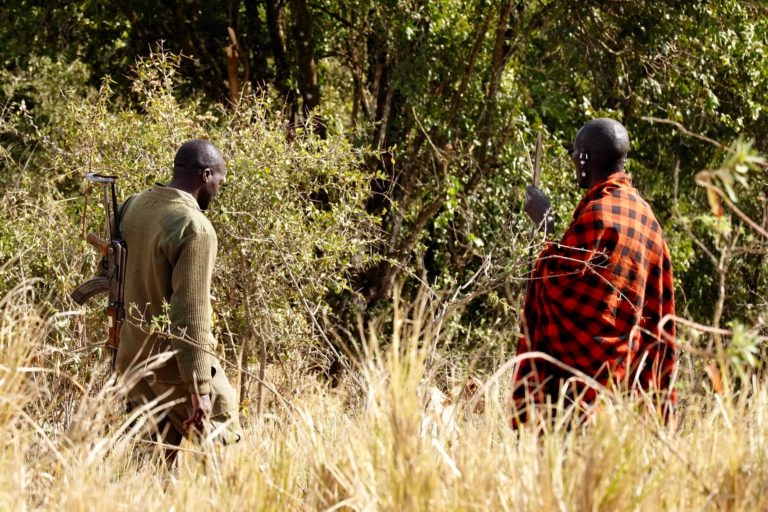
The Maasai residents and conservationists are now at loggerheads in the NCA. Picture: Ray Rui/ Unsplash
The Tanzanian government is now claiming that this ‘experiment has failed’ as it looks to relocate 70 000 people. In 1979, the year the NCA was inscribed as a UNESCO World Heritage Site for its ‘uniqueness of harmonious coexistence of people and wildlife,’ authorities were already raising the concern of ‘carrying capacity.
After more than 60 years since the park’s establishment, authorities and organisations now state that the conditions of the Maasai people in Ngorongoro have deteriorated. A 2013 report showed that more than 80% of the population in the NCA lives below the poverty line, 74% have no formal education and only 0.3% have received higher education.
The Tanzanian authorities are arguing that the biocapacity of the NCA to support the large Maasai population and a vital wildlife population has been surpassed. They argue that the wildlife carrying capacity of the NCA has been reduced due to the excessive grazing on the grassland, and signs of subsistence poaching starting to occur.
The Tanzanian government seems to have a renewed vigour in declaring the Loliondo division in the north NCA a wildlife sanctuary following a week of debate in parliament, which would effectively ban the Maasai from the NCA.
Over 700 Maasai people gathered in Oloirobi village to pray and protest against the impending eviction and an online petition on Avaaz has already gathered more than 3 million signatures.
ALSO READ
Between the scales: why is there such a high demand for pangolins?


